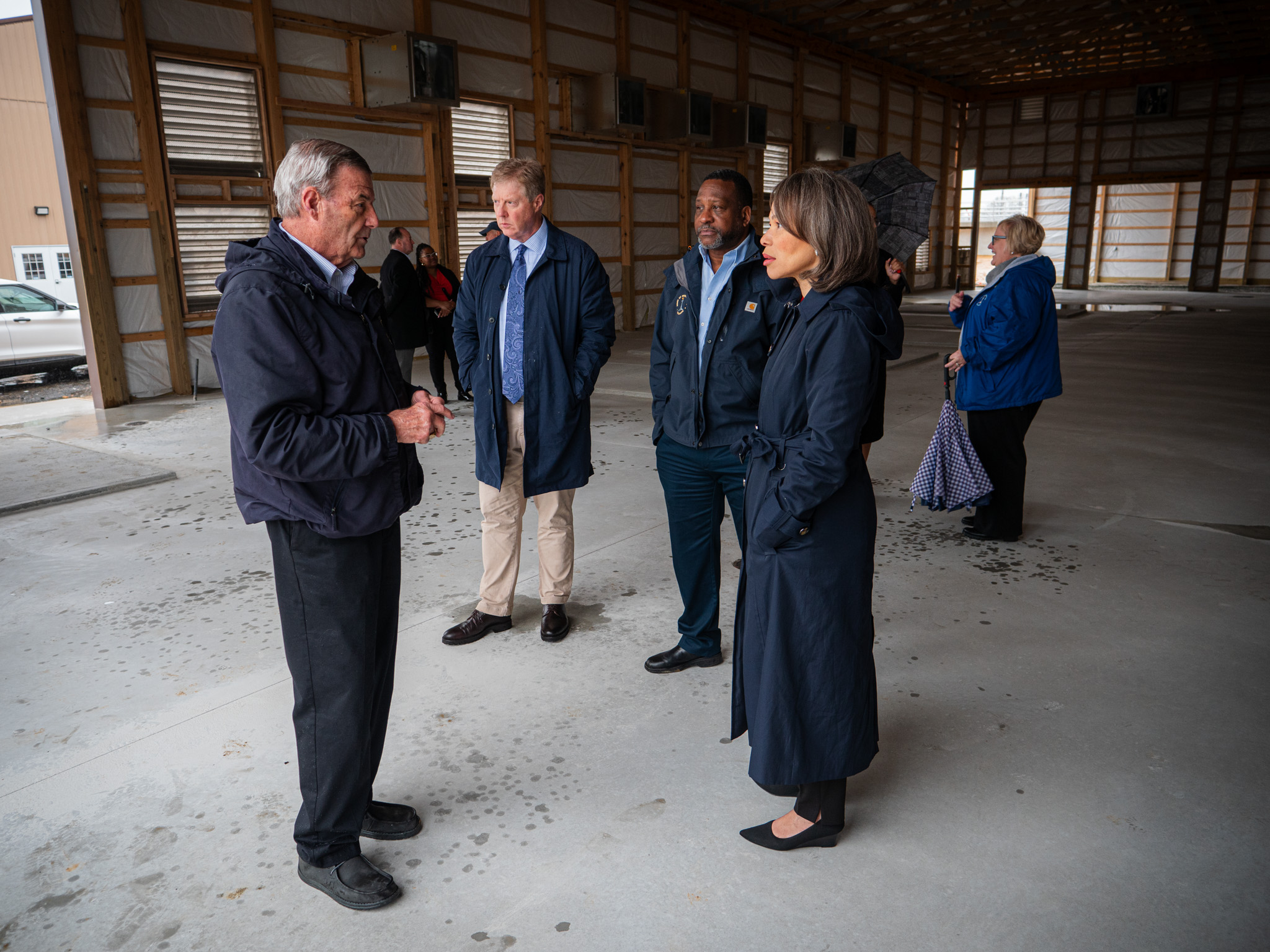PHOTO RELEASE: Rep. Blunt Rochester Tours Federal Investment in Middletown’s Wastewater Infrastructure
Middletown,
April 1, 2024
|
Victoria Panzera
(302-753-7684)
“Middletown’s population has more than tripled since 2000, and with that rapid growth comes the need for an increased capacity to better serve this growing community,” said Rep. Blunt Rochester, member of the House Energy and Commerce Committee and member of the Regional Leadership Council. “I was proud to champion the American Rescue Plan Act in Congress, alongside Senators Carper and Coons, so that we could make long-overdue investments in Delaware’s towns and cities. With this ARPA funding, Middletown is working towards increasing its wastewater treatment capacity - which will in turn help grow our economy, protect public health, and improve our quality of life.”
Middletown Mayor Kenneth L. Branner, Jr. said the ARPA funding received by the Town is going to be critical for ongoing economic development. “One hundred percent of our funding is going to one large project, an SBR system that will treat the Town’s wastewater – including future developments such as the STA Pharmaceutical Company coming in, and continuous growth in the Town,” said Mayor Brenner. “This upgrade to our system will keep us ahead of future growth and development for many years to come.” Branner added that the system, when completed later this year, should be able to treat up to 5 million gallons of wastewater per day at build-out of the Town, which is 1.5 million gallons above what is predicted to be necessary.
Background on Middletown ARPA Funding
Middletown is using $12.36 million in funding from the American Rescue Plan Act for its Sequence Batch Reactor Project – a type of wastewater treatment facility that will supplement and improve the capabilities of Middletown's current system. In this system, wastewater is added to a single “batch” reactor, treated to remove undesirable components, and then discharged. It will allow Middletown’s wastewater system to increase its treatment from 2.5 million gallons per day to 3.75 million gallons – with the ability to expand to 5 million gallons per day when needed.
|


